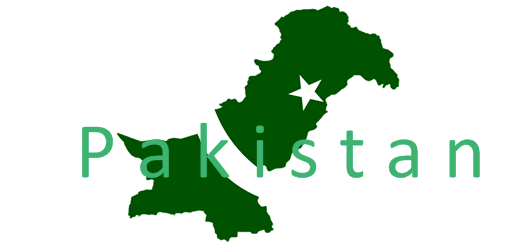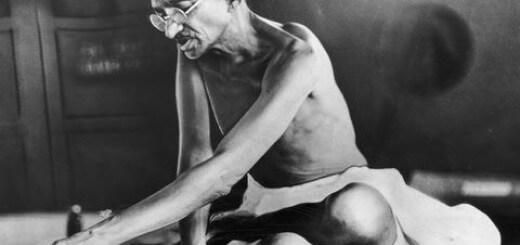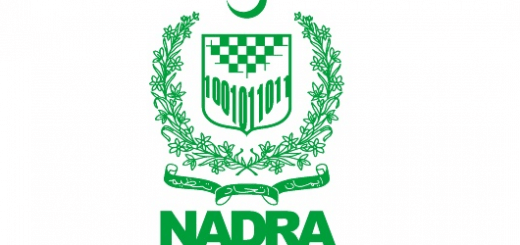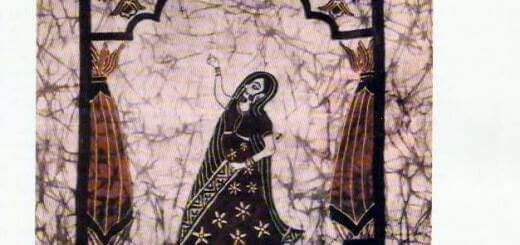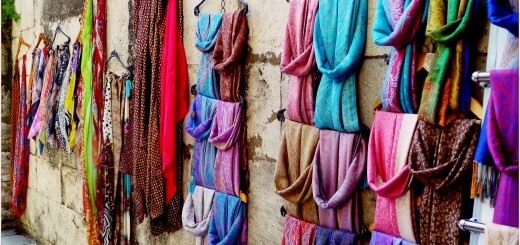Sindhi-Muhajir: Headed For a Deadly Break Up? – By R. Malik
Stoking ethnic hatred in Sindh did not entail the danger of secession. Sindhis, disappointed after joining Pakistan as they felt pushed back in their own homeland, could be easily contained by an ideology-wielding non-Sindhi population and a few military cantonments. Though a minority, the non-Sindhis are not such a small population as the Biharis were in East Pakistan. Ethnic tension could help divert attention from incompetent governance. People angry at each other do not challenge the authority for rights.
Military, the spine that held up the bribery infested edifice of taxation, police and judiciary of the state of Pakistan, shot some flares of governance on demand and launched operation against armed militia in 1992. Posting a semi-military outfit called ‘Rangers’ in the cities is another lame exercise to show-off authority without any substantive result. As Western sponsors confront Pakistan’s army for treachery they committed by sponsoring international terrorism, Pakistan’s power structure has run out of balance.
Recent outbreak of hostility in Sindh displays that off-balanced power. Dr. Mirza denigrated Muhajir leader Altaf as a murderer and hailed his ex-partner in crime Afaq as a true Muhajir representative. After this murderous day is over and the sea breeze cools temperature in Karachi, citizens, both Sindhis and Muhajirs must ponder over their differences and options.
Muhajirs cannot go back to India, and banking on Pakistan’s military to exert power over the indigenous majority could drown Sindh in a pool of blood. The receding military power may find division of Sindh desirable to keep a corridor from the Arabian Sea in the south to Punjab in the north. Such division might be held in place for sometime with the help of Navy, Air Force and army, but it could leave an eternally bloodied Sindh, like India after partition of 1947.
Muhajirs cannot be drowned into the sea and division of Sindh is undesirable, so a formula for peaceful, respectful co-existence, independent of the ideology of Pakistan must be sought. Absence of a decadent government and weakening of the usurping military should serve as a chance for ordinary Sindhis and Muhajirs to come together as sovereign of Sindh. Respecting and learning from each other and accepting the precedence of indigenous Sindhi language would not only produce a peaceful atmosphere but open Muhajirs to the wisdom of thousands year old Sindhi culture.
Peaceful acceptance of indispensability of Muhajir existence in Sindh by accommodating an urban language of India should not hurt the Sindhi cause. Pragmatic consideration has compelled Indians to adopt English as lingua franca and it has served them well towards integrating into the environment of globalization.
Politicians fanning hatred between Sindhis and Muhajirs do not represent the aspiration of the people. Though the 20th century history of Muslims in India has been marked by violence and extremism, it is about time we attempt to change that in Sindh, in the 21st century.

